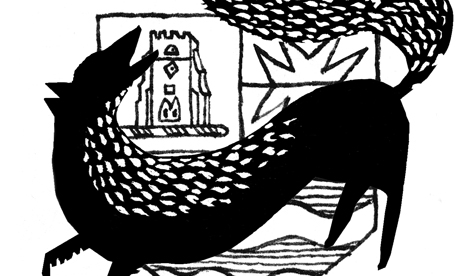Leader – polls were wrong, so were results
What an odd election, not just because the polls got it so wrong, not just because the 7 May vote saw the UK fragment – possibly irreparably – into politically incongruous chunks, but also because the result was so perverse.
Labour’s vote share increased by 1.5 per cent; the Conservative’s vote share increased by 0.8 per cent. This represents a swing to Labour.
Yet the Tories romped home with a net gain of nearly two dozen seats, while Labour lost roughly the same number.
The same night also saw the Scottish National Party slide in with 56 MPs on a vote share of five per cent, while the Greens’ four per cent garnered them only a single seat in Parliament.
One would have to be obtuse not to recognise this as a patently unfair and undemocratic outcome.
Democracy is about collective self-binding, about finding a set of objectives to which most people can commit in the knowledge that others will also be bound to pursue the same ends.
Sadly for democracy, few governments in recent UK history have reflected the views of the majority of the electorate.
The 2010 Coalition government was the first time since 1935 that the government represented over half of those who voted. In all cases between those years, Britain had governments that most people had said they
didn’t want.
We now look set to endure five years of a government that is supported by only slightly over a third of those who cast their vote (37 per cent).
Given the complex nature of contemporary society, it is fanciful to imagine that there will ever again be a party that can win the support of the majority of voters.
Even if this were to happen, that party would itself most certainly be a coalition of somewhat different views sitting uncomfortably together even as their adherents rubbed along.
The only way to make fair governments is through a fair electoral system, and that means thinking again about proportional representation.

